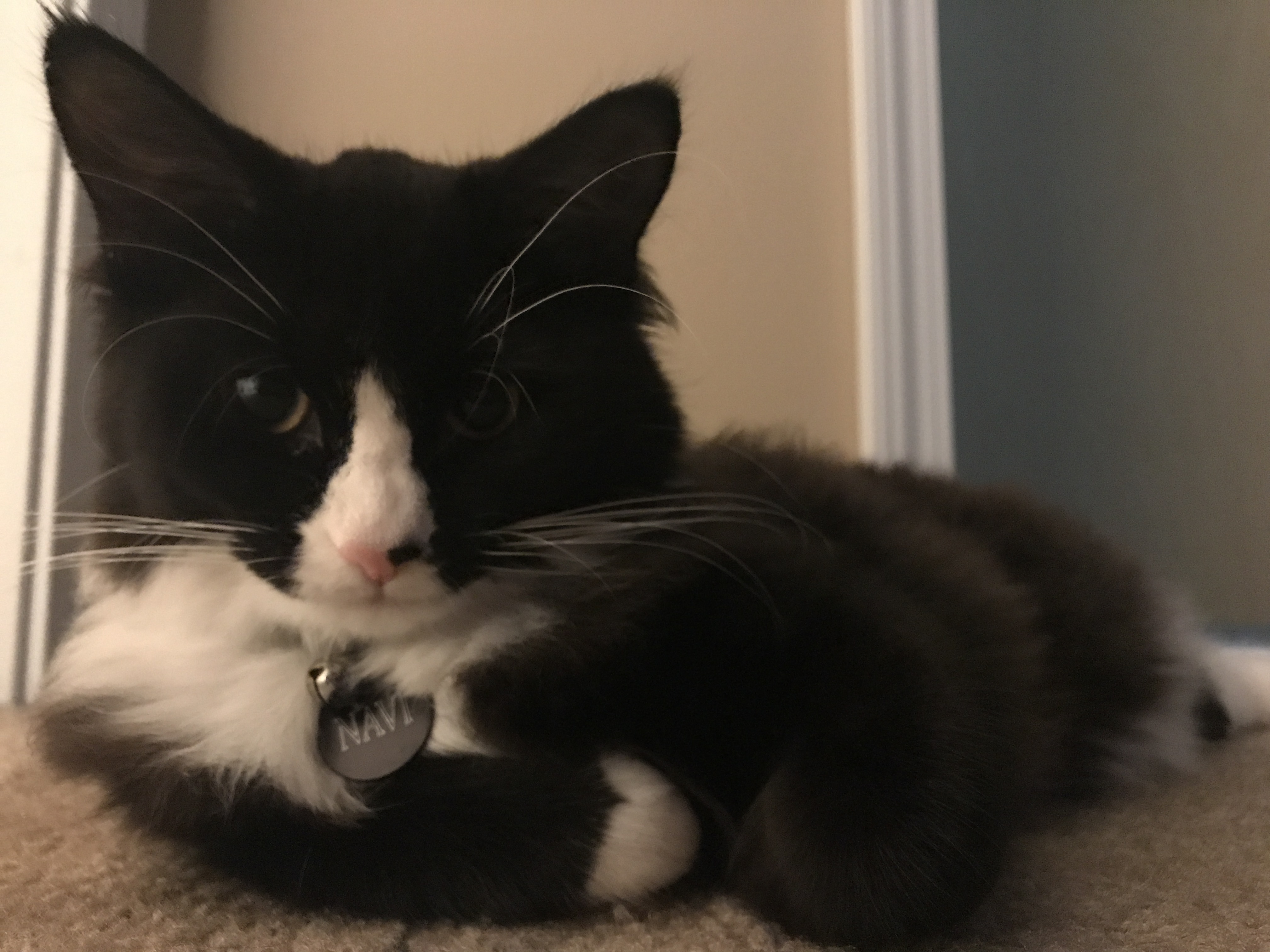
Pica syndrome katze how to#
While the Romans knew how to paint lifelike portraits, Egypt’s painters, whose culture was technically more advanced than that of the Romans,’ were happy with profiles tacked onto frontal torsos, twin feet, and fingers and thumbs of the same length (think six-inch thumbs). The oldest of the Old Timers – Egyptians, Etruscans, Mesopotamians, the early Greeks, et al. What’s odd is their seeing such merit in their conventions that they persisted for years, and sometimes generations They were just following artistic convention. Historians claim that distortions don't prove the artists had an odd way of looking at things. These are beautiful paintings, though Miss Holzhalb’s head is microcephalic compared to the rest of her. Porträt der Mademoiselle Julie Manet mit Katze The tortoiseshell and white coat type has a painterly quality that is a touch impressionistic. It is not surprising that Julie Manet chose a calico cat (if she did!) because their coat pattern and coloring is such that it could have been painted on. This beautiful looking calico cat would have been a random bred cat (a moggie).

There were few purebred cats at that time. The time, 1887, was when the cat fancy was just beginning. Incidentally, the description "calico" is used in North America not in Europe as far as I am aware. You can also see that the markings are a little bit Turkish Van in nature on the forehead (inverted "V"). Nearly all calico cats are females due to the way the genetics work that create this well known coat, which is more accurately described as tortoiseshell and white. Perhaps Renoir was painting Julie as a favour and she wanted her cat in the picture. The reason why I am writing about this painting: Porträt der Mademoiselle Julie Manet mit Katze, is because of the cat, of course. Julie was a painter herself and an art collector. It was obviously quite a close knit community. The female model, Julie Manet, was the daughter of Eugene Manet who was the younger brother of another celebrated artist Édouard Manet. For example, an assistant put his brush in his hand. He continued to paint despite bad arthritis. He moved to a warmer part of France to help him work with the restrictions that that condition imposed on his painting.

At this time Renoir was reasonable healthy but 5 years later he developed rheumatoid arthritis. It is by Pierre-Auguste Renoir (1841-1919) the celebrated French artist who was a leading light in the development of the style of painting called "Impressionism". This is a portrait of Julie Manet with a cat.


 0 kommentar(er)
0 kommentar(er)
